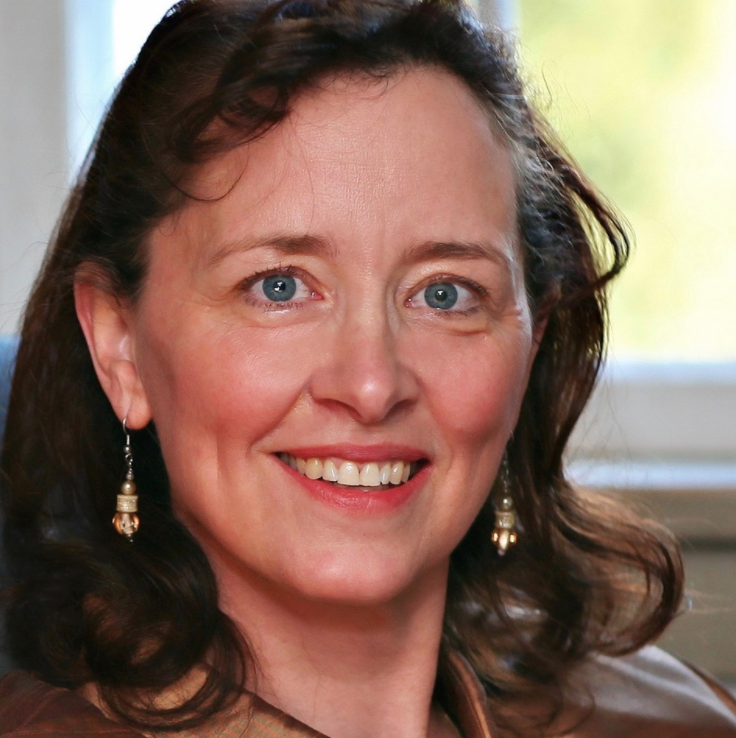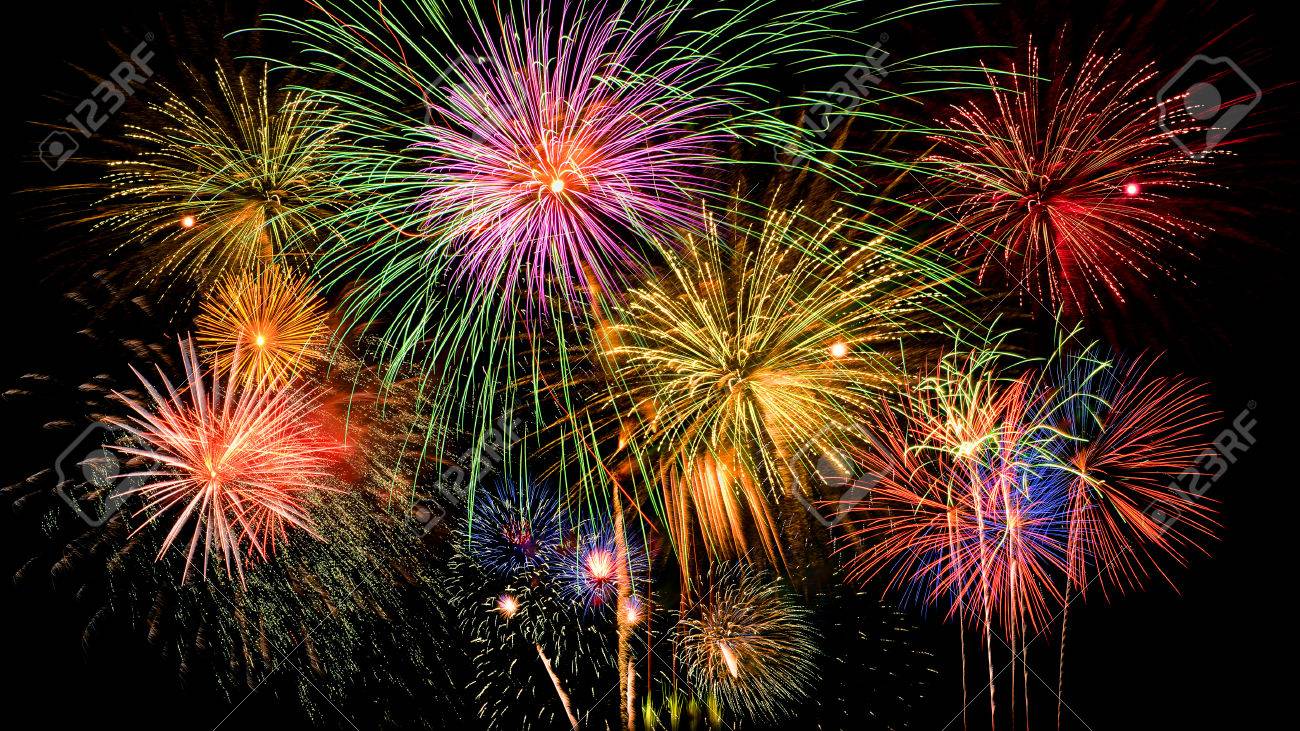Rituals bind us.
They mark the passage of time. They mark our place in time.
They mark births. They mark deaths.
They mark progress. They mark heroism. They mark the unity of our community and our country and our world. They mark eternal love. They mark tragedy and loss. They mark harvest times. They mark celebration for the sheer love of celebration.
Rituals interrupt us from the endless flow of frenzied activities, from our mind-numbing chores, our harrumphing about what’s wrong with the world and what bothers us about our neighbor or our fellow human beings.
They jostle us towards a place of deeper truth. They make our commitments to each other more real.
The start of my new year was rushed. I had not yet gotten around to my annual ritual of making New Year’s resolutions – of renewing, of recommiting, of course-correcting.
It’s already three weeks into the new year. But it’s still January, the month named after the Roman god Janus, whom the Romans believed presided over all beginnings and all ends, all journeys and transitions, all entryways and exchanges, all growth and maturing through time. The delay gave me just time enough to reframe – to reinvent — what my “resolving” would be all about.
Could I dig deeper for what my annual reset might look like?
I knew a lot of people had done this before me — before all of us, over vast stretches of time and space.
It all began with our forebears in Babylonia, who made the first known New Year’s resolutions about four thousand years ago, somewhere between the banks of the Euphrates and Tigris River in modern-day Iraq. They resolved to recommit themselves to their gods, prepare their fields for seeding, and start the year afresh by paying their debts and returning items they had borrowed. The Chinese followed suit a thousand years later, resolving in their new year to protect their children and families from all-powerful evil spirits by exploding thunderous fireworks to scare them away — a pyrotechnic spectacle we enjoy now to start our own new year.
The ancient Hebrews decided they had so much to tend to that they marked out four smaller “new years” within every year, each with its own celebration and invocations to forgive and be forgiven, to recollect and share their history. Later Christians went on to create 365-day cycles of celebrations to honor thousands of their saints.
In the modern era, we foster collective good will and unity in national gatherings studded with our own fireworks and steeped in history. Most recently we convene annually to restore and repair the planet as a whole, making ritual gatherings of World Wildlife Day, the Paris Climate Agreement, and World Peace Day.
It seems we humans are hardwired for connection and improvement, with steady neural signaling from our prefrontal cortex calling every single one of us to “make another go of it.”
Every morning we light the coffee kettle again. Every day we reimagine the future of our communities, inventing new blueprints for them.
Today I finally pulled my scrawled list of resolutions out of the drawer from last year. They looked stale. I’d made good on the predictable list — improving my health, fine-tuning my professional goals, and fixing the shed and broken fence slats. But enough was enough. It all looked terribly uninviting. I felt as if I’d just discovered some forgotten file on my laptop that I didn’t need to open again.
Could I commit to a few empathic acts to add to my year?
Could I mark the times to revisit them throughout the year?
It occurred to me that I thought almost daily about the countless anonymous men and women who had helped mitigate the extraordinary — often shocking – events of our year. There were endless ways – small ways — to honor their efforts.
I realized how often I took account of our “essential workers” – that newly named but longstanding unnamed group of men and women whose work had always been underestimated and undervalued, who kept the basic functions of my community and my nation going, who expeditiously handled its crises with both the work of their hands and the call of their hearts. Could I do something to honor them?
I realized how often every day I was amazed by the energy and courage of whole groups of “secondary responders” –- including journalists, who risk their lives here and around the world to collect stories for me on fires, floods, wars, famine, hope, reconciliation, corruption, and new visions for our future.
And I often thought about the growing numbers of environmental stewards among us – another group of “second responders” — working to shore up our earth’s fragile health and showing us what we needed to do about it. Could I honor them?
I still had a bit of time left to make my resolutions.
This morning I finally picked up the greeting card from our mail carrier still sitting on the kitchen counter. I’d kept ignoring it. The carrier had left it in the mailbox three weeks ago. On the front of the card was a quaint country watercolor scene of a white mail truck with blue and red stripes paused for a moment in front of a small brick post office building with arched windows. Three pine trees stood in the distance.
The card looked more peaceful than I imagined the crowded and cramped post office buildings had been over the holiday. There were no annoyed customers waiting in long lines wrapped along the curb. The front of the card shouted, “Warmest Greetings of the Season and Best Wishes For Happiness!” At the bottom of the card were inscribed the words, “Your Letter Carrier.” Above this line, a man I did not know but whose services I relied on had personally signed his name: “Thomas Tyler.” He had a tidy signature and had dramatically slanted the capital Ts at the start of his first and last names for an eye-catching flourish.
Some time before Mr. Tyler delivered this card to our mailbox, he had spent an afternoon or evening sitting down to write his tidy signature with its eye-catching sloped letters on several hundred cards just like mine. He had added them to his satchel and placed them in several hundred mailboxes. He was asking in so many words for a holiday bonus from the family behind the mailbox.
Today I finally pulled out an envelope, slipped $20 into it, and addressed it to “Thomas Tyler, Letter Carrier.” I went out to the mailbox as the sun was rising, lifted up its little wooden red flag, and dropped the envelope inside. If Mr. Tyler got one hundred envelopes like this, he could add $2000 to his salary.
Inside, the coffee pot was whistling. I clicked on the early morning news. Every morning I took a second to pause in awe at the unflagging efforts of reporters in their mission to collect the stories of the day and report them to us, whether from the nearby state capitol or five thousand miles away. But their work came with a cost. In the last twenty-five years, more than 2,300 journalists had been killed for bringing these stories to us. Thousands more had been beaten, imprisoned, tortured, poisoned, dismembered, maimed, blinded, kidnapped, and wounded on the battlefield.
I paused the morning news. I put on my detective cap and sleuthed my way around the web to an online investigative group devoted to tracking down where journalists had disappeared, been imprisoned, and killed, lobbying on their behalf. They needed money.
Could I support them in some small way?
Finally I wanted to make good on my newfound passion for trees to honor a few of the world’s environmental stewards. Fires are burning at record numbers every year. Could I honor tree planters today, as the year began? I dived again online and found a tree-planting enterprise in India with men and women trained to refit fire-destroyed lands with new fruit trees – planting the country’s food future with peaches, pears, papayas, pomegranates, apricots, bananas, lemons, and guava for the years ahead.
I’d reset my New Year’s resolutions.
I wrote down: “Slip a gift in the mailbox to the mail carrier. (Done.) Repeat in July. Support journalists today. (Done.) Repeat in July. Get twenty-five trees planted around the world. (First installment — January. Done.) Repeat four times in February, July, and November (on family birthdays).”
There. Done.
Then I thought I’d add one more.
It began as a random habit. Each cold shadowy winter morning, as I thought through my day’s tasks, my coffee cup still in hand, I’d find myself stopping while passing a map tacked to the wall in the kitchen. I’d put it there surreptiously to hide a crack in the old plaster wall, but also because of its colorful display of over 190 countries.
Each morning through the winter, the sun’s rays suddenly pierced through the windowpanes on the east side of the house with the sparkle and sharpness of a gleaming knife. The world on that map shone more brilliantly on those mornings than in any other season of the year. I’d find myself staring at Nairobi in Kenya, Kiev in Ukraine, then Beijing in China. The next day I would follow the course of the Nile in Egypt or the line of the forest ranges in Siberia.
I had always glanced at the kitchen map as a traveler might, or a cartographer. My eyes scanned latitudes and longitudes, oceans and plateaus, cities and hamlets. But this winter, my mind shifted inward to see all the lives lived on these riverbanks and high-rise megalopolises. My sight shifted to see who lived there, to encounter the fishermen and factory workers, the small shop owners and IT technicians, as they rose in the morning and set the flame under their coffee.
It had become my own daily virtual tour of the world — my opportunity to greet a vast community of strangers and families I would never meet face to face but whose company I could share for three or four minutes every day, as a ritual, virtually.
When the sunlight focused its laser-like beam briefly on them, I could hope they might find a moment of peace before their day began. I could hope that they were healthy. I could hope they might find prosperity and acts of kindness in the year ahead.
Yes, rituals bind us. They fuse our past to our present and our future.
They call us to forgive and to heal, as the ancients knew.
They call us to create new connections, as our grandparents knew.
They call us to start afresh and create new blueprints for our world, especially today.
They teach us to be human together.


